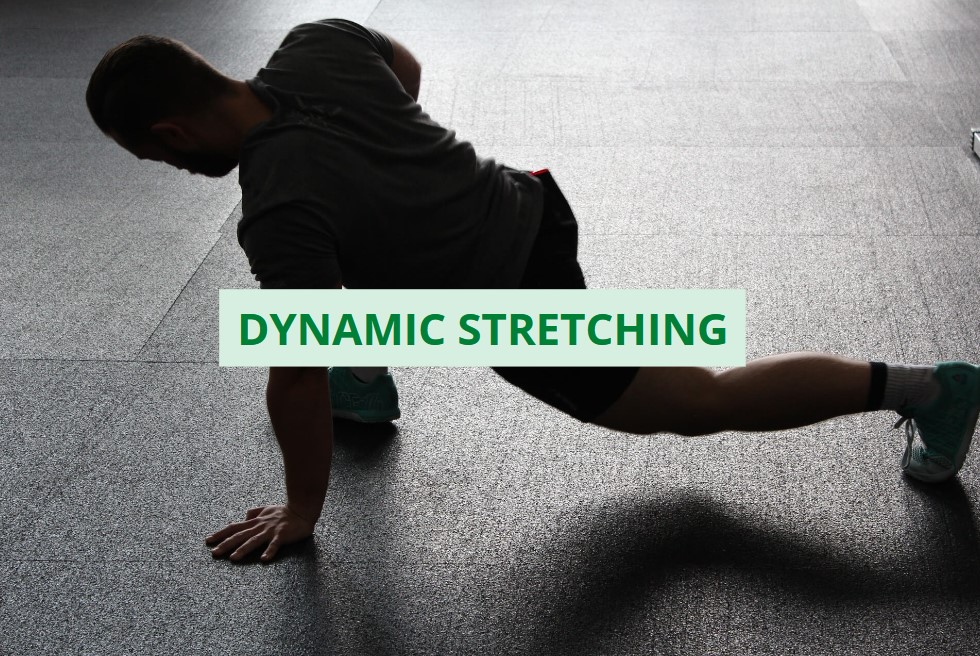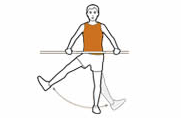What is Dynamic Stretching?
Dynamic stretching is a type of stretching that involves active movements and is used to increase range of motion and flexibility. It is typically done before a workout or activity and involves moving the body through a range of motions to increase mobility and reduce the risk of injury.
Why It Is Important?
Dynamic stretching is an important part of any exercise routine. It helps in:
- Increasing flexibility, mobility, and range of motion.
- Improving coordination and balance.
- Increases blood flow and helps to reduce the risk of injury by preparing the body for more strenuous activity.
- Boost your workout performance.
- Relieving muscle tightness and improving posture.
Dynamic stretching is best done before exercising or participating in an activity as it prepares the body for the activity.
How to perform a Dynamic stretch?
There are so many dynamic stretching exercises which you can find on google, below are some that you can do before starting your workout:
1- Front to Back Leg Swing – hamstrings, glutes, quads
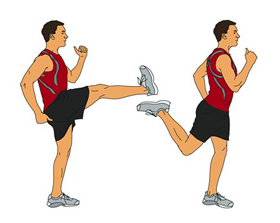
Begin by supporting yourself with one arm while swinging your opposite leg forward then backward. Keep your leg straight as it moves forward and stretches the hamstrings then as it comes back try to kick yourself in the butt to stretch the quads. With each swing you should take the stretch a bit further. Try 20 reps on each leg.
2- Sideways Leg Swing – abductors, adductors

While facing a wall place both hands against it for support. Swing one leg at a time from side to side in front of your other leg. Try not to let your torso rotate as you do this stretch. Stretch both legs 20 reps each.
3- Hand-walks- shoulders, core, hamstrings
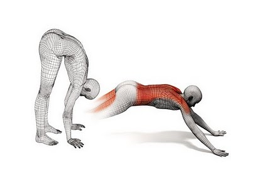
Start by standing up straight with your feet together. Slowly bend forward until your hands reach the ground, walk your hands forward until your body is almost parallel with the ground and then slowly walk your feet back up to your hands. Repeat 6 times.
4- Lunge with Rotation – glutes, hip flexors, calves
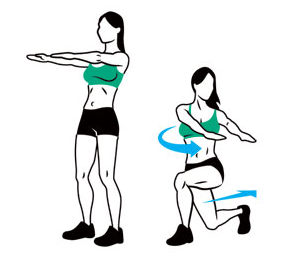
Lunge forward with either foot, keeping your knee over your toes, and rotate your body toward the forward leg. Stand back up and repeat with the other leg. 10 reps each side.
5- Scorpion – low back, hip flexors
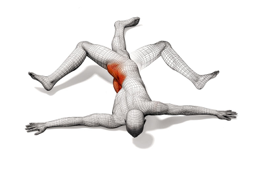
Lie on your stomach with your arms stretched out. Kick your right foot towards your left arm and then your left foot towards your right arm. Use slow controlled movements with this stretch and repeat 10 times.
6- Arm Swings – chest, shoulders

Just like you remember from gym class. Swing your arms back and forth across the body as you stretch your chest and shoulders. Spend about 30 seconds to a minute on this stretch.
Is warming up on the treadmill better than dynamic stretching?
The answer is simple. It depends on the kind of exercise you are going to do at that day, personally, I prefer dynamic stretching, and of course you are wondering why because the majority of people we see at the gym start warming up on a treadmill. The main difference between dynamic stretching and treadmill stretching is the type of movement used. Dynamic stretching involves active movements that increase range of motion and flexibility, while treadmill stretching involves passive stretching on a treadmill. Both forms of stretching are beneficial for increasing range of motion, flexibility and muscular endurance, but dynamic stretching is better suited for preparing the body for activity and reducing the risk of injury especially with weight lifting, resistance, and strength training.
If you find this information beneficial, share it with your gym buddy 😉 and if you are interested to know your protein intake per day during your fitness journey, why don’t you use this calculator which you can find here.
 Loading ... Still faster than Windows update
Loading ... Still faster than Windows update
